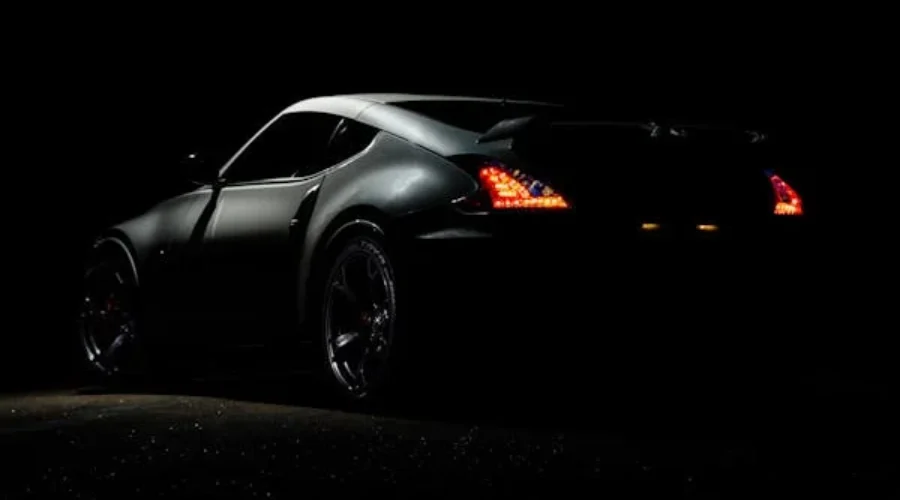The Most Expensive Car in the World: Luxury, Legacy, and Limitless Engineering
When we think about the most expensive car in the world, we enter a realm beyond simple transportation. These vehicles are not just modes of travel; they are symbols of human achievement, artistic expression, and engineering perfection. From custom-built hypercars to limited-edition masterpieces, the price tags of these elite machines can soar well into the millions. But what makes a car so expensive? Is it the brand name, the craftsmanship, the rarity, or a combination of all three?
In this article, we explore the most expensive cars ever sold, what drives their sky-high prices, and how the world of luxury automobiles continues to evolve. We’ll also introduce a useful resource for sourcing automotive parts and accessories for all vehicle types—Suppliers Central—a platform that supports buyers with access to trusted suppliers and global deals.
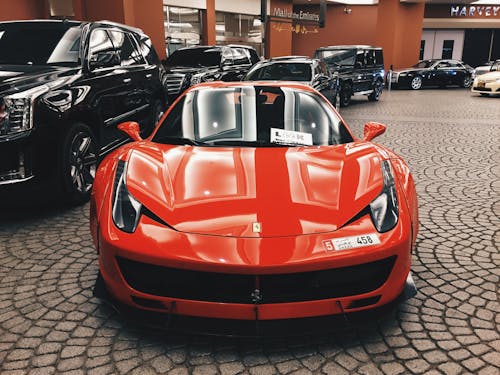
What Qualifies as the “Most Expensive Car”?
The term “most expensive car” can mean different things depending on the criteria:
-
Production model vs. custom order: Some ultra-rare cars are one-off custom creations built for royalty or elite collectors, while others are extremely limited-run production models.
-
Original sale price vs. auction sale price: The price a car fetches at auction (especially a vintage or historically significant model) can far exceed its original MSRP.
-
Street-legal vs. track-only: Some of the most advanced and costly vehicles aren’t even legal to drive on public roads.
In this guide, we’ll focus on both brand-new and vintage cars that have commanded mind-blowing prices—either at launch or through auctions.

The Pinnacle: Rolls-Royce Boat Tail – $28 Million
As of today, the Rolls-Royce Boat Tail holds the title for the most expensive new car ever sold, with a reported price tag of around $28 million. This custom-built vehicle, inspired by luxury yachts, features a rear deck that opens like a butterfly’s wings to reveal a hosting suite with parasol, silver cutlery, and champagne fridge. Only three were made, and each was uniquely tailored to the buyer.
Why It’s So Expensive:
-
Hand-built design with no two cars alike
-
Bespoke craftsmanship and luxury finishes
-
Rolls-Royce’s legendary customization program
-
Created for ultra-high-net-worth individuals

Bugatti La Voiture Noire – $18.7 Million
Translating to “The Black Car,” the Bugatti La Voiture Noire is a one-of-a-kind tribute to the classic Bugatti Type 57 SC Atlantic. With its sleek carbon fiber body and massive quad-turbo W16 engine producing 1,479 horsepower, this hypercar is both an engineering marvel and an art piece.
Standout Features:
-
0-60 mph in under 2.5 seconds
-
8.0-liter W16 engine
-
Custom handcrafted interior
-
Jet-black carbon fiber exterior

Pagani Zonda HP Barchetta – $17.5 Million
The Pagani Zonda HP Barchetta is a tribute to the original Zonda and features a design that merges retro elements with bleeding-edge technology. Only three of these were made, with one retained by founder Horacio Pagani himself. The car’s blue carbon fiber body and exposed rear wheels are distinct design highlights.
What Drives the Price:
-
Extreme rarity
-
Custom finishes including leather, aluminum, and carbon
-
Celebratory status in Pagani’s legacy
-
Ultra-lightweight frame and racing performance
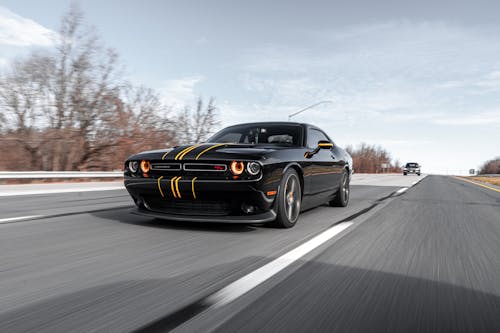
Bugatti Centodieci – $9 Million
Built to honor the EB110, Bugatti’s 1990s supercar, the Centodieci is based on the Chiron platform but with major stylistic updates. Only 10 units were produced, each priced at approximately $9 million.
Key Highlights:
-
1,600 horsepower
-
Retro-modern body design
-
Improved aerodynamics over Chiron
-
Exclusive customer list including elite collectors

Mercedes-Benz Maybach Exelero – $8 Million
The Maybach Exelero was developed as a one-off in 2004 for Fulda, a German tire company, to showcase their high-performance tires. It looks like a futuristic stealth jet on wheels and delivers both absurd luxury and road-destroying power.
Price Justification:
-
One-of-one design
-
Twin-turbo V12 engine
-
Ultra-luxurious interior
-
Owned by rappers and business moguls
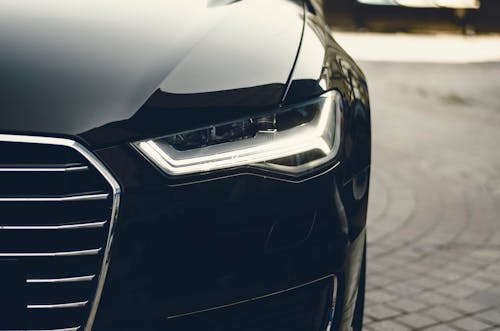
Vintage Auction Giants: Ferrari 250 GTO – $70 Million
While newer hypercars push the boundaries of modern engineering, classic cars dominate the auction scene. The Ferrari 250 GTO from the 1960s is the undisputed king. In a private sale, one of these legends reportedly sold for $70 million, making it the most expensive car ever sold (publicly or privately).
Why It’s Historic:
-
Only 36 made between 1962 and 1964
-
Legendary racing pedigree
-
Timeless design
-
Collectors view it as the “holy grail” of cars

Factors That Influence a Car’s Price
1. Rarity
Limited production runs, sometimes as low as one unit, drive collector interest and raise the value significantly.
2. Performance
High-performance engines with jaw-dropping stats (1,000+ horsepower, 250+ mph top speeds) command premium prices.
3. Craftsmanship
Many expensive cars are hand-built with materials like titanium, carbon fiber, and even diamonds embedded in interiors.
4. Legacy and Brand
Legacy brands like Ferrari, Rolls-Royce, and Bugatti command trust and prestige, increasing perceived value.
5. Customization
Buyers often request personalized details—from paintwork and materials to logos and technological features—elevating the base price.

The Role of Technology in Modern Luxury Cars
The most expensive cars are no longer just about speed and luxury. They now integrate cutting-edge tech:
-
AI-driven controls for climate, music, and safety
-
Autonomous driving capabilities
-
Adaptive suspensions and aerodynamics
-
Next-gen infotainment systems
-
Advanced telemetry for racing insights
As the electric revolution progresses, we can expect high-end EVs to begin breaking price records too.
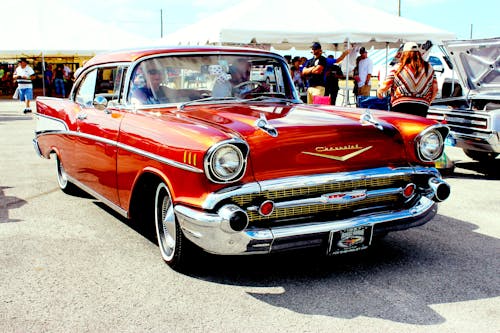
The Future: EV Hypercars and Ultra-Luxury SUVs
Brands like Rimac, Lotus, and even Tesla (Roadster) are pushing into the electric hypercar segment. Meanwhile, automakers are also introducing ultra-luxury SUVs—like the Bentley Bentayga Mulliner, Rolls-Royce Cullinan, and Aston Martin DBX 707—as a response to shifting consumer preferences. These may not yet match hypercars in cost, but some versions approach the $500,000 mark and rising.
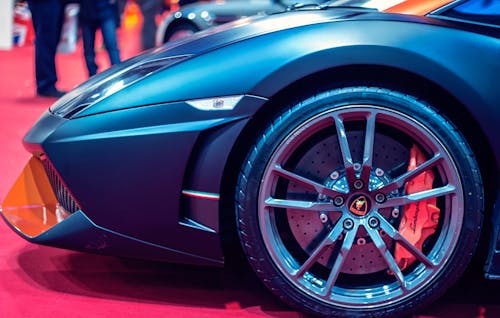
Conclusion: More Than Just a Car
The most expensive car in the world is more than an object; it’s a story, a status symbol, and a technological feat. Whether it’s the bespoke luxury of the Rolls-Royce Boat Tail, the historic elegance of the Ferrari 250 GTO, or the insane performance of a Bugatti, each of these vehicles represents a unique piece of automotive history.
For those of us watching from afar, these cars offer inspiration—proof of what’s possible when craftsmanship, art, and engineering unite. And whether you’re sourcing luxury accessories or industrial components, Suppliers Central can help open doors to quality and trust across industries.

